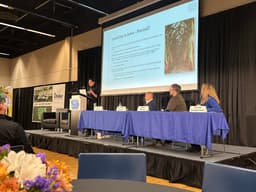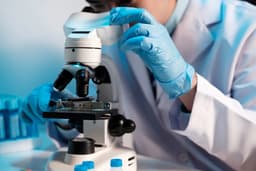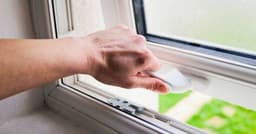Home / Science / Fungal Homes: The Future of Sustainable Construction?
Fungal Homes: The Future of Sustainable Construction?
20 Nov
Summary
- Researchers grew mycelium into a scaffold for engineered living materials.
- Adding bacteria created calcium carbonate, making the material sturdier.
- This offers a sustainable alternative to cement, which causes 8% of global pollution.

Scientists are pioneering a new era of sustainable construction by growing homes from engineered living materials (ELMs). Recent research focused on using mycelium, the root structure of fungi, as a foundational scaffold for building. This fast-growing fungal network was then strengthened through a process called biomineralization, where bacteria were introduced to produce calcium carbonate, significantly enhancing the material's durability.
This development holds immense promise for reducing the environmental impact of the construction industry. Cement production alone accounts for a substantial portion of global carbon emissions, and demolition waste presents a massive landfill burden. Mycelium-based construction offers a biodegradable and potentially carbon-negative alternative, mitigating both pollution and waste issues.
While fully realized mycelium buildings are still some time away, the research signifies a major step forward. The potential cost savings for infrastructure projects and even extraterrestrial construction are exciting possibilities. This innovative approach could redefine how we build our future environments.




